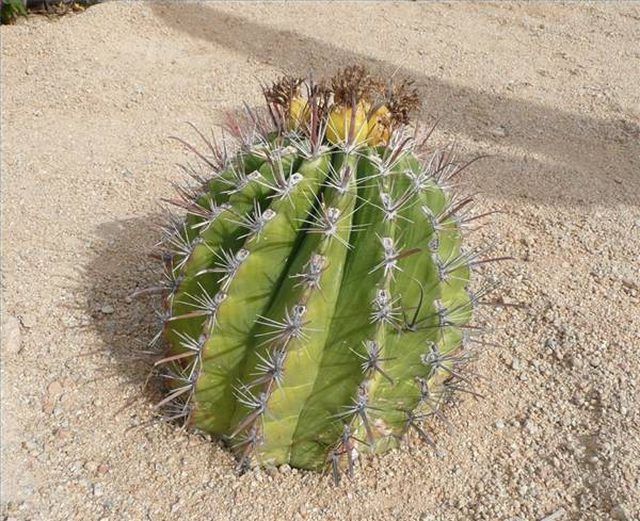Bulbs
Flower Basics
Flower Beds & Specialty Gardens
Flower Garden
Garden Furniture
Garden Gnomes
Garden Seeds
Garden Sheds
Garden Statues
Garden Tools & Supplies
Gardening Basics
Green & Organic
Groundcovers & Vines
Growing Annuals
Growing Basil
Growing Beans
Growing Berries
Growing Blueberries
Growing Cactus
Growing Corn
Growing Cotton
Growing Edibles
Growing Flowers
Growing Garlic
Growing Grapes
Growing Grass
Growing Herbs
Growing Jasmine
Growing Mint
Growing Mushrooms
Orchids
Growing Peanuts
Growing Perennials
Growing Plants
Growing Rosemary
Growing Roses
Growing Strawberries
Growing Sunflowers
Growing Thyme
Growing Tomatoes
Growing Tulips
Growing Vegetables
Herb Basics
Herb Garden
Indoor Growing
Landscaping Basics
Landscaping Patios
Landscaping Plants
Landscaping Shrubs
Landscaping Trees
Landscaping Walks & Pathways
Lawn Basics
Lawn Maintenance
Lawn Mowers
Lawn Ornaments
Lawn Planting
Lawn Tools
Outdoor Growing
Overall Landscape Planning
Pests, Weeds & Problems
Plant Basics
Rock Garden
Rose Garden
Shrubs
Soil
Specialty Gardens
Trees
Vegetable Garden
Yard Maintenance
How to Transplant a Barrel Cactus
How to Transplant a Barrel Cactus. Barrel cactus plants are shaped as the name implies, stout and fat with thick ridges that ascend in a slight spiral toward the crown. They sport long, slightly hooked spines and in spring burst forth with plump, yellow fruit shaped like tiny pineapples. Like many desert specimens, they adapt well to harsh...

Barrel cactus plants are shaped as the name implies, stout and fat with thick ridges that ascend in a slight spiral toward the crown. They sport long, slightly hooked spines and in spring burst forth with plump, yellow fruit shaped like tiny pineapples. Like many desert specimens, they adapt well to harsh conditions and can sometimes be found hiding beneath shady desert scrub.
Things You'll Need
Shovel
Thick plastic tarp
Water
If it's a large cactus, a friend to help with lifting
Preparation
Notice which way the barrel cactus crown--where the ridges meet at the top--faces before moving it (usually south, toward the sun). You should replant it in the same orientation.
Use the shovel to loosen the soil around the base of the cactus. Barrel cacti tend to have shallow root systems that can extend horizontally for several feet. If you find some close to the surface, unearth them.
Dig a hole in your cactus' new location, about twice as wide as its diameter. If you found shallow roots, dig shallow trenches for them to lie in as well.
If you have organic matter such as compost available, put some in the hole. Fill it with water, which should drain out while you're moving the cactus (if it doesn't, you may need to find a location with better drainage).
Moving your cactus
Use the shovel to dig and lift the cactus slightly up from the ground.
When the cactus is loosened and ready to move, lay the tarp on ground on the side opposite the cactus' crown.
Use the shovel to tip the cactus onto the tarp. Don't worry about the spines--a few may break but most will remain intact.
Carry the cactus in the tarp to its new location (with a friend's help, if needed) and plant it with the crown facing its original direction. Replace and tamp down soil.
Water lightly every other day for two weeks, then gradually lengthen time between waterings. Once established, a barrel cactus requires no water except in extreme drought conditions.
Tips & Warnings
Do not eat barrel cacti or their fruit.